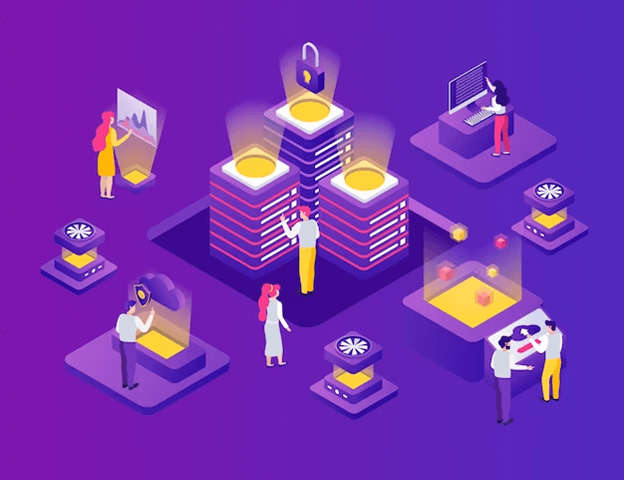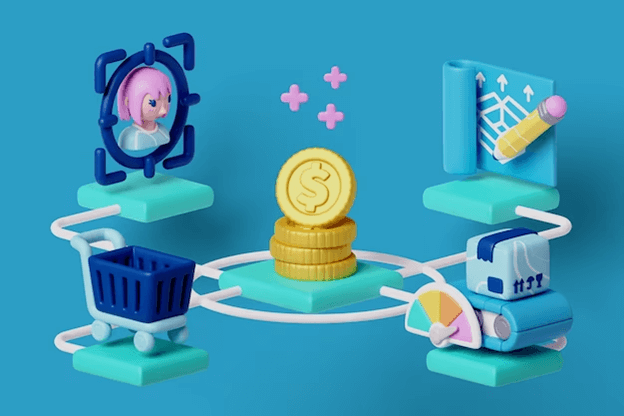
User-Centric Web3_ Tokens, Ownership, and Progress
User-Centric Web3: Tokens, Ownership, and Progress
In recent times, the collapse of FTX has significantly shaken trust within the crypto world. This event has sparked doubt and raised questions about the reliability of the entire crypto industry. The fallout from FTX’s downfall has brought forth a crucial aspect: the significance of comprehending user ownership in Web3.
Exploring this concept is vital to grasp how individuals can possess and manage what they use on the internet. Understanding user ownership is akin to unlocking a door to a new way of navigating the online world—one where users become the rightful owners. This article delves into this pivotal aspect, aiming to shed light on its implications and significance in the evolving landscape of digital ownership.

The Founding Thesis of Web3
Web3’s core idea is a user-owned internet, forming its foundation. This concept envisions users becoming owners of online services and products. The primary focus lies in reshaping networks to better serve user needs. Such a shift could potentially lead to a fairer online space, fostering economic equity and inclusion.
The user-owned web model aims to redefine how the internet operates, emphasizing ownership and control in the hands of its users. This revolutionary approach holds promise in addressing existing disparities and creating a more balanced online environment. By exploring this thesis, we uncover the transformative potential and broader societal implications of user ownership within the realm of Web3.
Core Principles of Web3
Open-source Software and Autonomous Blockchains
Web3 operates on the foundation of open-source software, which allows anyone to view, modify, and distribute code. Autonomous blockchains, exemplified by Ethereum, operate without a central authority. These blockchains run transparently, minimizing the need for intermediaries and enhancing trust in transactions and data storage.
Role of Automated Smart Contracts
Smart contracts, a pivotal feature of Web3, are self-executing contracts with the terms of the agreement directly written into code. These contracts automate processes and transactions, eliminating the necessity for traditional intermediaries like banks or legal institutions. By embedding conditions and actions directly into code, smart contracts ensure transparent, efficient, and tamper-proof execution of agreements.
User Ownership Enabled by Tokens
Tokens play a crucial role in enabling user ownership in Web3, representing digital property rights. These tokens, encoded on blockchains, serve as a means for users to possess a part of the internet itself. Unlike traditional ownership, these internet-native tokens are programmable and can represent various digital assets such as artwork, music, virtual real estate, or a share in internet-based products and services. They facilitate instant and programmable distribution, allowing users to engage, own, and transact within digital ecosystems securely.
Understanding Tokens in Web3

Tokens lie at the heart of Web3, representing a fundamental shift in how value and ownership are conceptualized and exchanged in digital spaces.
Tokens as Value Carriers on Blockchains:
Tokens within Web3 function as digital assets encoded onto blockchains, serving as carriers of value and representing ownership rights. They operate as secure and decentralized units of currency or assets, facilitating transactions and interactions within the blockchain ecosystem. These tokens leverage cryptographic techniques, ensuring their integrity and allowing users to transact securely without intermediaries.
Distinguishing Tokens from Speculative Meme Coins:
Amidst the burgeoning token landscape, it’s vital to differentiate legitimate tokens from speculative meme coins or tokens lacking substance. Legitimate tokens hold intrinsic utility or represent genuine assets, contrasting with meme coins that often lack real-world value or purpose. Understanding this distinction is pivotal for users navigating the complex token market, ensuring informed investment decisions, and fostering a robust Web3 environment.
Tokens Representing Varied Digital Properties and Instant Distribution:
Tokens within Web3 are versatile, representing a broad spectrum of digital properties ranging from artworks, music, and virtual assets to ownership stakes in decentralized applications (dApps) and services. One of the standout features is their capability for instant and programmable distribution. This enables seamless and automated transactions, allowing users to swiftly engage in decentralized ecosystems while asserting ownership over digital assets securely and transparently.
Spectrum of Token Designs
Tokens in Web3 span a wide spectrum, categorized by their significance to operational functions or their experimental nature. Essential tokens, like ETH (Ethereum’s native token), are critical for network operations and transactions, enhancing the user experience within the ecosystem. Others, like those utilized by platforms such as
Uniswap, falls in the middle spectrum, aiming for user ownership and control.
However, extreme cases exist, exemplified by centralized token designs susceptible to exploitation. These designs pose risks due to their centralized nature, potentially undermining the decentralized ethos of Web3 and compromising user trust and security. Understanding this spectrum aids users in discerning tokens’ legitimacy and their impact on the evolving Web3 landscape.
Progress and Challenges in Token Development
Significant strides mark token development despite the hurdles encountered along the way. Aligning incentives remains pivotal for sustainable growth while warding off fraudulent activities. Efforts persist in constructing community-owned and operated networks, aiming to empower users and reinforce decentralization. The journey to token development within Web3 reflects both achievements and obstacles. Underscoring the need for strategic alignment of interests and continual endeavors toward fostering community-driven decentralized ecosystems.
Lessons and Recommendations
For users, a crucial lesson emerges: “Invest in what you understand” in the realm of user ownership. Builders should focus on crafting tokens that meet user needs and enhance ownership experiences. Moreover, educating users about token ownership proves paramount to navigating the evolving landscape of Web3. These recommendations emphasize informed user investment, user-centric token design, and the significance of educating users for a robust and transparent Web3 environment.
Conclusion
Acknowledging the complexity and hurdles in realizing a user-owned web, Web3 faces multifaceted challenges. However, the potential of user ownership stands as a robust tool within this sphere, promising a transformative impact. A commitment to extensive research, funding endeavors, and the promotion of genuine user ownership remains essential. In spite of the challenges, Web3’s allure stands out as a beacon for future development and fostering a more inclusive Internet.
linen dress: 9
linen dresses: 23
mini dresses: 5
linen shirt dresses: 1
shirt dresses: 4
black linen dress: 1
white linen dress: 1
dress collection: 2
sleeve dresses: 2
effortless style: 2
slip dresses: 3
midi dresses: 4
favourite dress: 1
shift dresses: 2
maxi dresses: 5
love linen: 2
linen: 58
new collection: 2
special occasions: 1
dresses: 73
dress: 21/22
air dry: 1
body types: 1
wear: 5
first purchase: 2
remove wrinkles: 1
worn: 2
beach: 5
collection: 8
occasion: 4
style: 9
summer: 6
styles: 6
relaxed: 2
shop: 4
pink: 7
wardrobe: 3
women: 2
casual: 6
waist: 1
discover: 4
cool: 3
blue: 6
range: 4
timeless: 3
fabric: 4
colour: 4
wearing: 1
pair: 1
flattering:3
fresh: 1
beige:3
night: 1
inspired: 3
purchase: 2
lightweight: 3
australia:6
stock: 4




